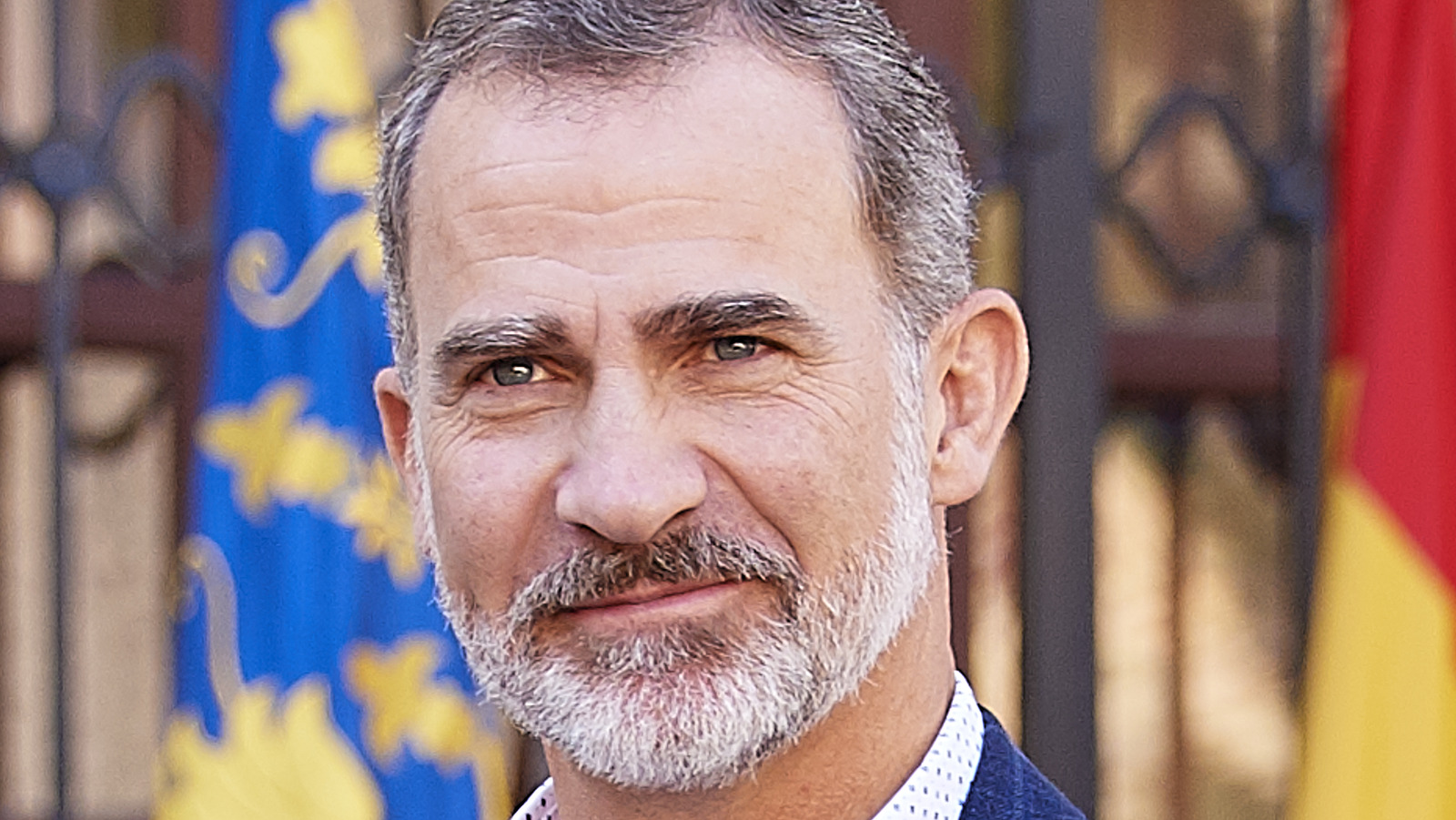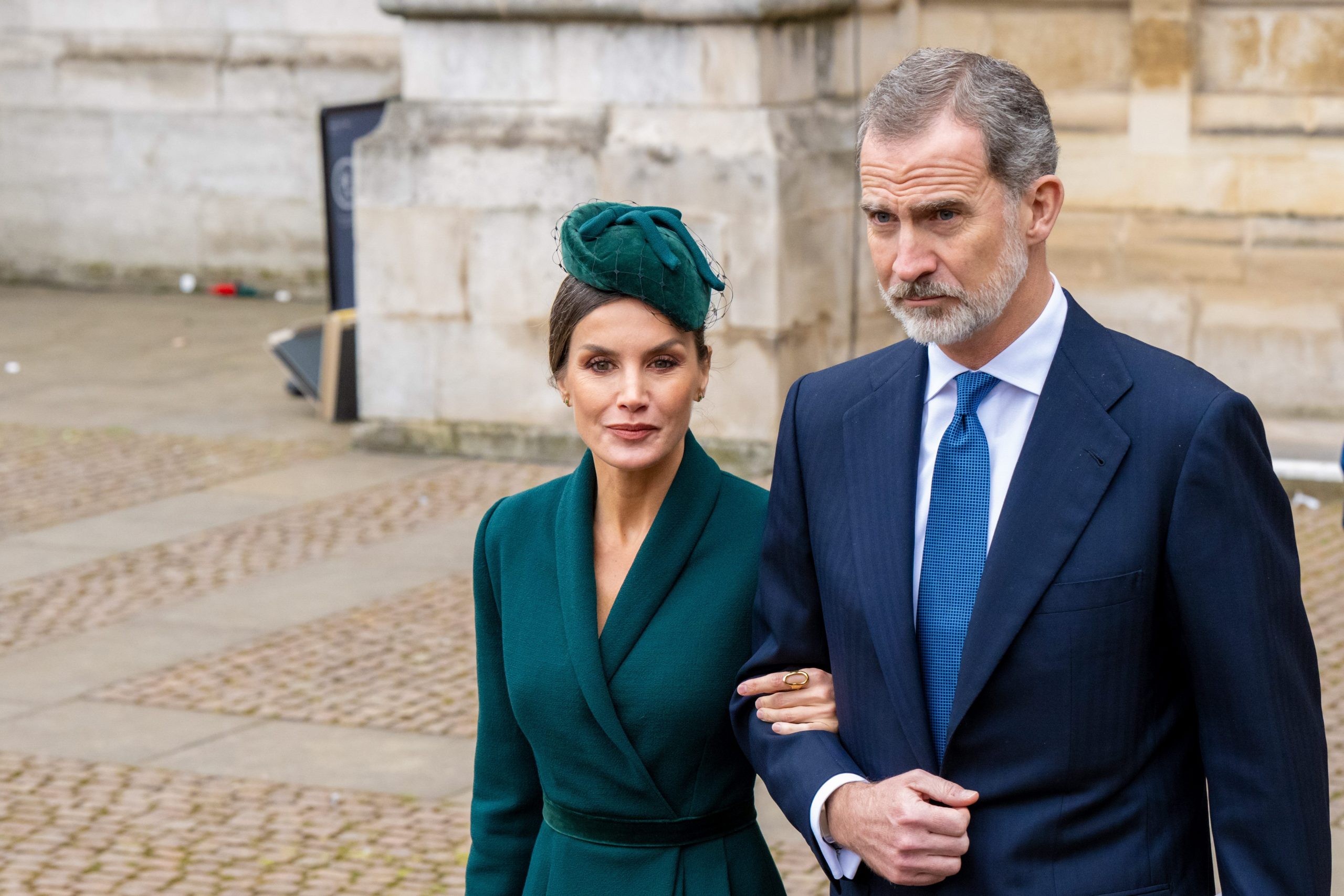Reign of the Spanish Monarchy: King Of Spain

The Spanish monarchy is one of the oldest and most respected in the world, tracing its roots back to the Middle Ages. The first king of Spain was Pelayo, who was crowned in 718 AD after defeating the Moors in the Battle of Covadonga. The monarchy has continued uninterrupted ever since, with the current king, Felipe VI, being the 19th in the line of succession.
Role and Responsibilities of the King of Spain
The king of Spain is the head of state and the commander-in-chief of the armed forces. He also has the power to dissolve parliament, call for elections, and appoint the prime minister. However, the king’s role is largely ceremonial, and he does not have any real political power. The real power in Spain lies with the prime minister and the parliament.
Political and Cultural Significance of the Monarchy, King of spain
The Spanish monarchy is a symbol of national unity and pride. It is also a major tourist attraction, and the royal family is often featured in the media. The monarchy has played a significant role in Spanish history, and it is likely to continue to do so for many years to come.
Cultural and Artistic Patronage

The Spanish monarchy has played a significant role as patrons of the arts and culture throughout history. Their patronage has had a profound influence on the development of Spanish art, literature, and music, leaving behind a rich legacy of cultural landmarks and masterpieces.
The monarchy’s support for the arts dates back to the Middle Ages, when kings and queens commissioned religious works and architecture. This patronage continued during the Renaissance and Baroque periods, when the Spanish monarchy became renowned for its support of painting, sculpture, and music.
Notable Works of Art
The Spanish monarchy has commissioned and supported numerous notable works of art, including:
- The Prado Museum in Madrid, which houses a vast collection of Spanish art from the Middle Ages to the present day.
- The Royal Palace of Madrid, which is decorated with works by some of the most famous Spanish artists, including Velázquez and Goya.
- The Cathedral of Santiago de Compostela, a UNESCO World Heritage Site, which is a masterpiece of Romanesque architecture.
The King of Spain, a renowned tennis enthusiast, was unable to attend the men’s Wimbledon final this year due to prior commitments. However, he has expressed his admiration for the tournament and its participants, particularly the eventual winner.
The King of Spain, Felipe VI, has been a keen follower of tennis, and has witnessed the rise of Carlos Alcaraz, the youngest player to win the US Open since Pete Sampras in 1990. Alcaraz’s grand slam victories have made him a global star, and he is now one of the most exciting players to watch in the sport.
The King of Spain has been impressed by Alcaraz’s talent and determination, and he is sure to be cheering him on as he continues to make history.